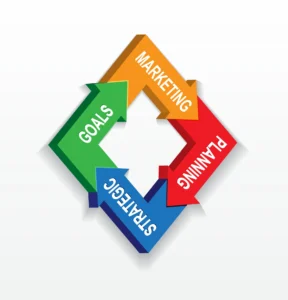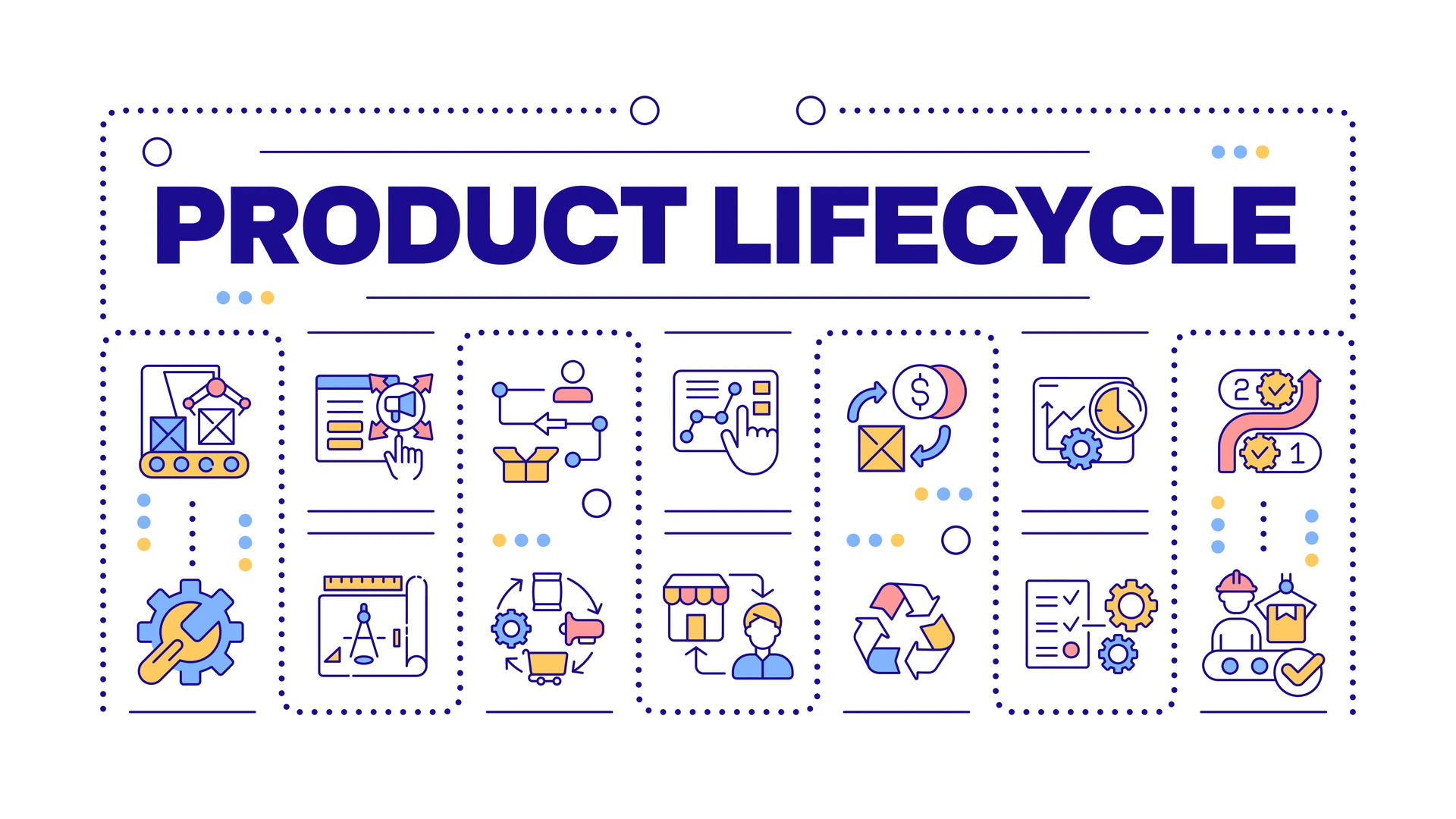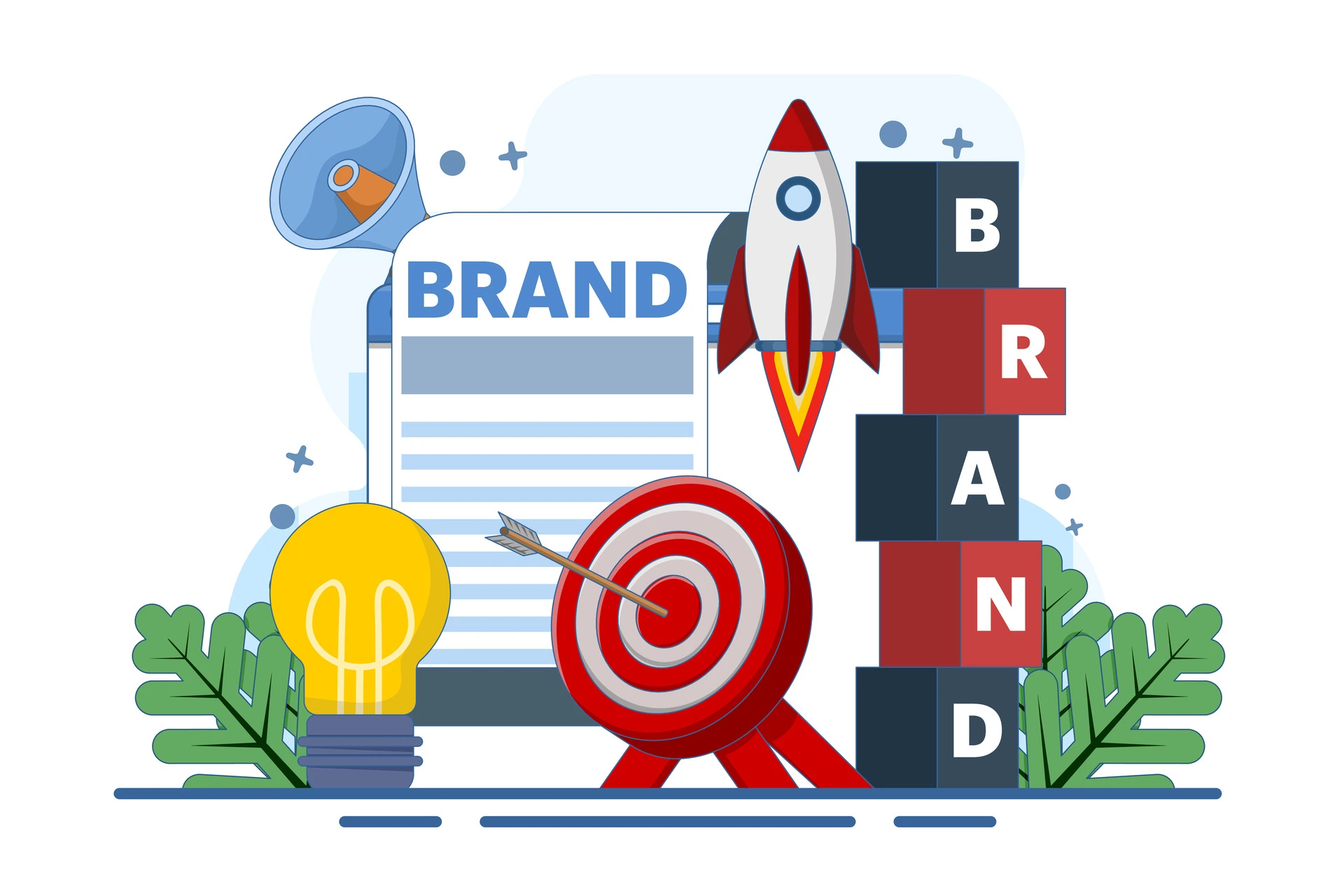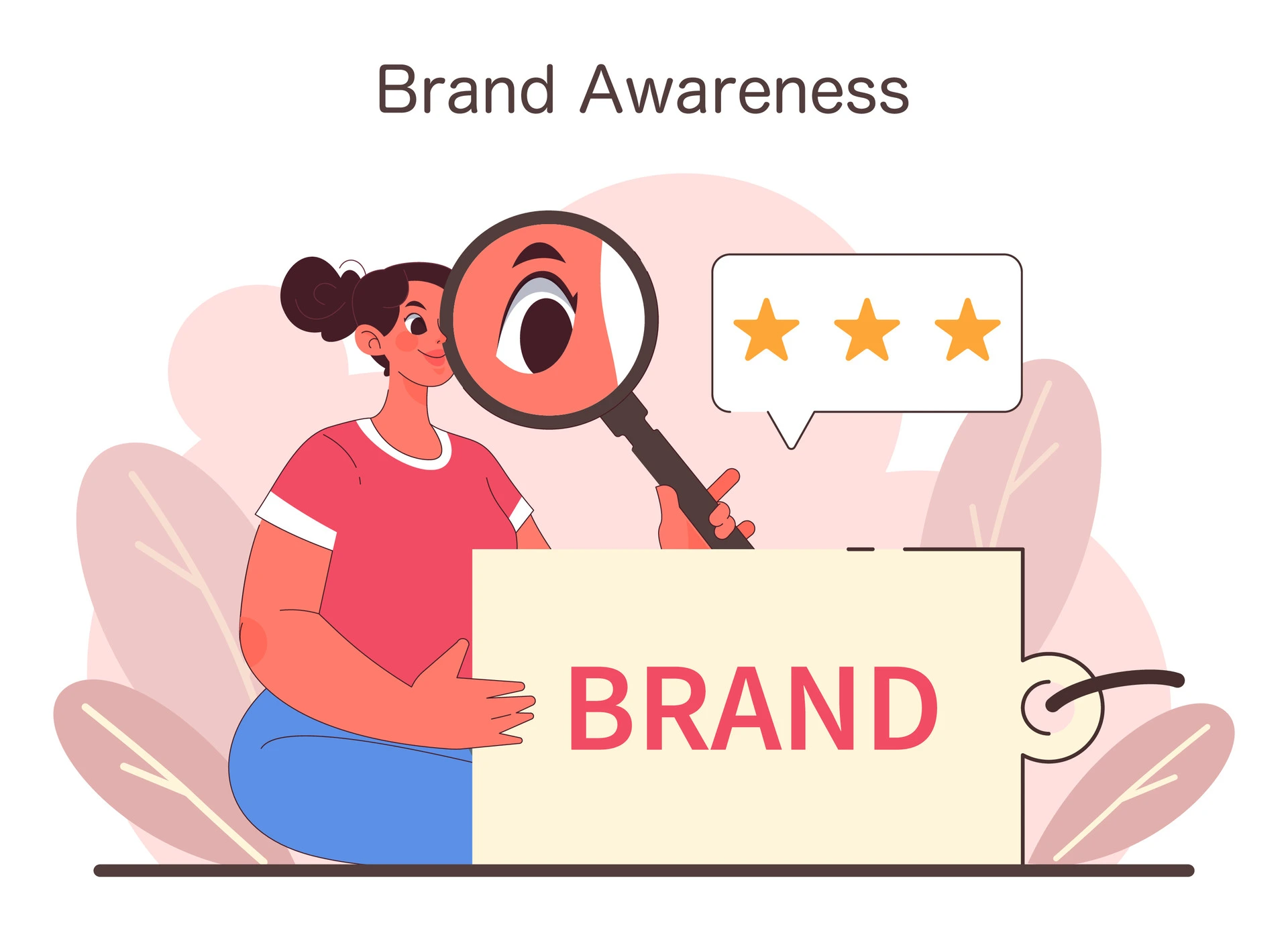Understanding and managing the product life cycle (PLC) is crucial for long-term success. Companies must adopt effective strategies to ensure their products remain competitive throughout their lifecycle. This blog explores the essential PLC management strategies that can drive sustained success in the ever-evolving marketplace.
The product life cycle in marketing refers to the stages a product goes through from its inception to its decline. These stages include introduction, growth, maturity, and decline. Each stage requires specific strategies to maximise the product’s potential and profitability. By understanding the PLC, marketers can better plan and execute their marketing efforts, ensuring optimal performance at every phase.
1. Importance of Product Life Cycle Management in Sustaining Competitive Advantage
Effective Product Life Cycle management is vital for maintaining a competitive edge. By proactively managing each stage, companies can extend the product’s lifespan, maximise returns, and adapt to changing market conditions. Strategic product life cycle management involves continuous monitoring, innovation, and adaptation, allowing businesses to stay ahead of competitors and meet evolving customer needs. Understanding the product life cycle in marketing helps organisations make informed decisions, optimise resources, and achieve long-term success.
2. Understanding the Product Life Cycle
The product life cycle in marketing is a framework that describes the stages a product goes through from its inception to its eventual decline. These stages are Introduction, Growth, Maturity, and Decline. Each stage presents unique challenges and opportunities for marketers.
a) Introduction Stage:
This is the launch phase of a product. Marketing efforts focus on creating awareness and stimulating demand. The main challenge here is to convince early adopters to try the product. For instance, when electric cars were first introduced, they were in this stage.
b) Growth Stage:
During this phase, the product gains acceptance, and sales increase rapidly. Marketing strategies aim to differentiate the product from competitors and expand the market. Challenges include managing a growing customer base and fending off competition. Smartphones in the mid-2000s are a good example of a product in the growth stage.
c) Maturity Stage:
In the maturity stage, sales growth slows down as the product reaches market saturation. Marketing efforts focus on maintaining market share and extending the product’s life cycle. The challenge is to innovate and add features to stay relevant. Traditional laptops are often in this stage, continually updated with new features.
d) Decline Stage:
The decline stage is marked by a decrease in sales as the product becomes obsolete or outpaced by new innovations. Marketing strategies may involve harvesting or divesting the product. The challenge is deciding whether to rejuvenate the product or let it phase out. DVD players are a classic example of a product in the decline stage.
3. Strategies for the Introduction Stage
The introduction stage is critical in the product life cycle in marketing. This phase focuses on building awareness and achieving market penetration. The primary goal is to introduce the product to the market and make potential customers aware of its existence.
a) Goals: Awareness Building and Market Penetration
Awareness building is essential during this stage. Businesses need to inform the target audience about the product’s features, benefits, and value proposition. Market penetration aims to capture a significant market share quickly. This involves strategic efforts to attract early adopters and build a solid customer base.
b) Marketing Tactics: Promotion and Pricing Strategies
Effective promotion is crucial for a successful introduction stage. Companies often invest heavily in advertising campaigns, public relations, and social media marketing to reach a broad audience. Promotions, such as discounts or limited-time offers, can entice customers to try the product.
Pricing strategies play a vital role as well. Penetration pricing, where the product is priced lower to attract customers, can be effective. Alternatively, companies might use a premium pricing strategy to create a perception of high quality and exclusivity.
4. Strategies for the Growth Stage
a) Goals: Maximising Market Share, Building Brand Loyalty
During the growth stage of the product life cycle in marketing, the primary objectives are to maximise market share and build brand loyalty. As the product gains traction in the market, businesses must focus on strategies that will help sustain this momentum and drive further growth.
b) Marketing Tactics: Product Differentiation, Expanding Distribution Channels
To achieve these goals, product differentiation becomes crucial. Highlighting unique features and benefits of the product can help distinguish it from competitors, making it more appealing to potential customers. Additionally, expanding distribution channels ensures that the product is readily available to a broader audience. This can involve partnerships with retailers, e-commerce platforms, and other distribution networks to enhance product accessibility.
5. Strategies for the Maturity Stage
The maturity stage in the product life cycle in marketing is crucial for sustaining market position and maximising profitability. At this stage, the market is saturated, competition is intense, and growth rates slow down. Strategic planning and execution become Important to maintain a competitive edge.
a) Sustaining Market Position
One of the primary goals during the maturity stage is to sustain the market position. This involves reinforcing the brand’s presence and ensuring customer loyalty. Companies must consistently deliver high-quality products and services to keep their existing customer base engaged and satisfied.
b) Maximising Profitability
Maximising profitability during the maturity stage requires a keen focus on cost management and efficiency. Businesses should look to optimise their operations, streamline processes, and eliminate any waste. Leveraging economies of scale can help in reducing costs and improving profit margins.
c) Market Segmentation
Effective market segmentation is a vital marketing tactic in the maturity stage. By dividing the broader market into smaller, more manageable segments, businesses can tailor their marketing efforts to meet the specific needs and preferences of different customer groups. This targeted approach can lead to higher customer satisfaction and increased market share.
d) Product Diversification
Product diversification is another key strategy during the maturity stage. By introducing new variations of the existing product, companies can cater to a broader audience and meet the evolving demands of the market. Diversification helps in keeping the product portfolio fresh and relevant, thereby attracting new customers and retaining existing ones.
6. Strategies for the Decline Stage
a) Goals: Managing Decline and Extending Product Life
In the decline stage, the primary goal is to manage the product’s decline effectively. This involves reducing costs, maintaining profitability, and finding ways to extend the product’s life. Companies need to decide whether to phase out the product, sell it, or rejuvenate it. Careful planning and strategic decisions are crucial to navigate this challenging phase in the product life cycle in marketing.
b) Marketing Tactics: Harvesting and Revitalisation Efforts
Harvesting
Harvesting involves reducing investment in the product and maximising short-term profits. This tactic focuses on cutting costs related to marketing, production, and distribution. By minimising expenses, companies can squeeze out the remaining value from the product. This approach is suitable when the product no longer aligns with the company’s long-term strategy but still generates some revenue.
Revitalisation Efforts
Revitalisation efforts aim to breathe new life into the declining product. This can be achieved through product modifications, rebranding, or targeting new market segments. For instance, a slight redesign or adding new features can attract a fresh audience. Rebranding efforts, such as updating packaging or repositioning the product, can also make it appealing to a different demographic. Additionally, exploring untapped markets or niches can extend the product’s life cycle.
7. Implementing Long-Term Product Life Cycle Strategies

a) Importance of Continuous Monitoring and Adaptation
Product life cycle in marketing involves continuous monitoring and adaptation are crucial. Market conditions, consumer preferences, and competitive landscapes are ever-changing. By regularly tracking performance metrics and staying attuned to market shifts, businesses can promptly adjust their strategies. This proactive approach ensures that products remain relevant and competitive throughout their life cycle.
Alt= Long-Term Product Life Cycle Strategies vector image
b) Leveraging Data Analytics and Customer Feedback
Utilising data analytics and customer feedback is essential in managing the product life cycle in marketing. Advanced analytics tools provide insights into consumer behaviour, market trends, and performance metrics. By analysing this data, businesses can make informed decisions about product improvements and marketing strategies. Additionally, gathering and responding to customer feedback helps in refining products and meeting consumer needs effectively.
c) Balancing Innovation with Product Life Cycle Management
Balancing innovation with product life cycle management is vital for long-term success. While introducing new features and updates can attract new customers and retain existing ones, it is essential to align these innovations with the product’s life cycle stage. Over-innovation can lead to unnecessary complexities, whereas under-innovation can make a product obsolete. Striking the right balance ensures sustained growth and relevance in the market.
FAQs of Product Life Cycle Management Strategies for Long-Term Success
Q1: What is the Product Life Cycle (PLC) in marketing?
The Product Life Cycle (PLC) in marketing refers to the stages a product goes through from its inception to its decline. These stages include Introduction, Growth, Maturity, and Decline. Each stage presents unique challenges and opportunities, requiring specific strategies to maximise the product’s potential and profitability.
Q2: Why is product life cycle management important for businesses?
Effective product life cycle management is crucial for maintaining a competitive edge. By proactively managing each stage of the product life cycle, companies can extend the product’s lifespan, maximise returns, adapt to changing market conditions, and stay ahead of competitors. Strategic product life cycle management involves continuous monitoring, innovation, and adaptation to meet evolving customer needs.
Q3: What strategies should be adopted during the Introduction stage of the product life cycle?
During the Introduction stage, the primary goals are building awareness and achieving market penetration. Effective marketing tactics include promotion through advertising, public relations, and social media campaigns, as well as strategic pricing to attract early adopters. These efforts help introduce the product to the market and build a solid customer base.
Q4: How can companies maximise market share during the Growth stage of the product life cycle?
In the Growth stage, companies should focus on product differentiation and expanding distribution channels. Highlighting unique features and benefits can help distinguish the product from competitors, while expanding distribution channels ensures the product is readily available to a broader audience. Building brand loyalty is also crucial during this stage.
Q5: What are the key strategies for sustaining market position during the Maturity stage of the product life cycle?
During the Maturity stage, sustaining market position and maximising profitability are primary goals. Strategies include reinforcing the brand’s presence, ensuring customer loyalty, optimising operations to reduce costs, effective market segmentation to target specific customer groups, and product diversification to keep the product portfolio fresh and relevant.
Ready to take your brand to the next level? Connect with us today to explore how HT Media can amplify your presence across our diverse portfolio of 25+ brands and properties. Let's turn your brand vision into reality!


















Comment